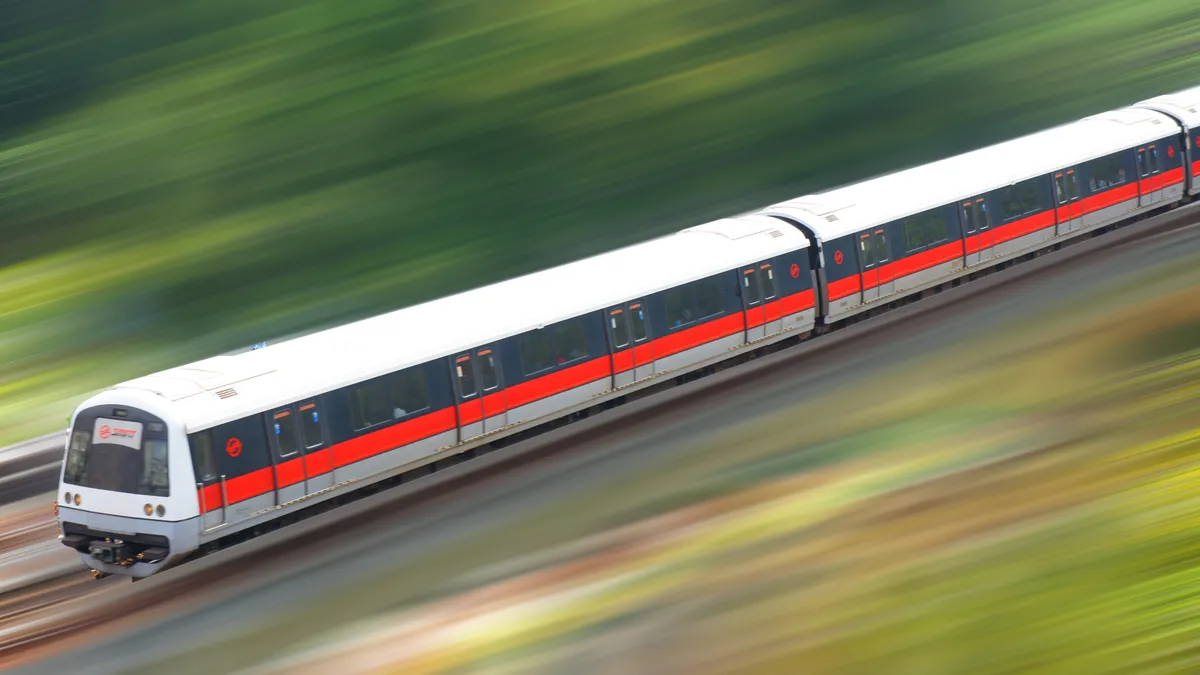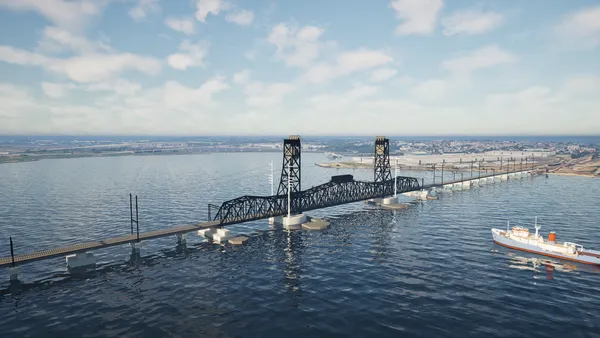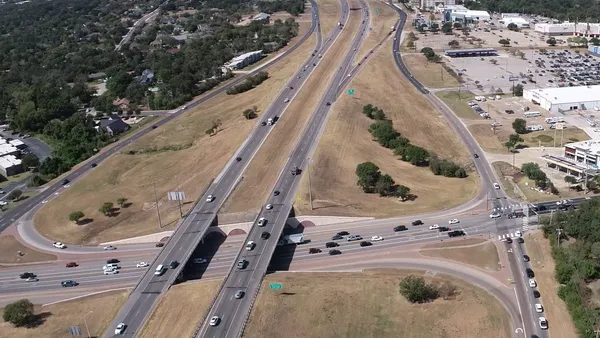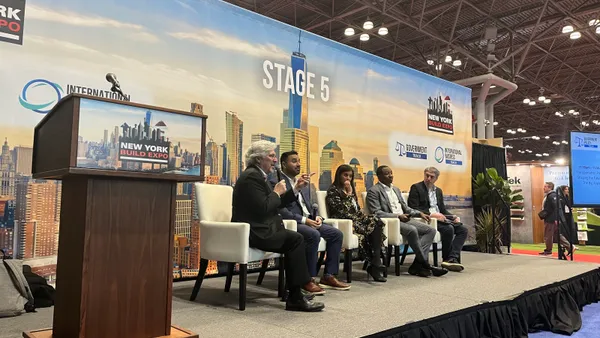Dive Brief:
- Washington Gov. Jay Inslee has set aside $1 million in the state's 2017-2019 budget for a Department of Transportation feasibility study of an ultra-high-speed rail system — 250 miles per hour or faster — between Portland, OR, Seattle and Vancouver, according to CBC News.
- The study would look at proposed station sites, environmental impact, the latest high-tech options, projected ridership demand, how such a system would work with existing rail infrastructure and the overall viability of the line itself. The budget item requires that the WSDOT present the results of the study to the the legislature by December of this year.
- Washington State Transportation Center Director Mark Hallenbeck told CBC News that the Portland-Seattle-Vancouver route was short enough for a train to successfully compete against air travel between the same cities, but a major hurdle would be acquiring enough land to build the new system.
Dive Insight:
While similar high-speed rail systems have been suggested in areas across the U.S., the $64 billion bullet train that will connect southern California to northern California is the only one currently under construction. The project is a monument to persistence, as it has been hit with numerous challenges since its inception but is continuing its slow road to completion. The California High Speed Rail Authority's finances, the feasibility of the route and the truthfulness of the authority itself have all been called into question by legislators and by high-profile reports from The Los Angeles Times. The project's latest obstacle is a legal challenge from project opponents who claim that a new scope of work disqualifies the project from receiving voter-approved bond financing.
For the most part, however, opposition from those who don't want a system running past, or through, their property, as well as the considerable costs, have kept high-speed plans on the drawing board. That has been the case in both Minnesota and Texas, where developers are clashing with local groups. The slow rollout of high-speed rail in the U.S. is due to reasons as varied as Buy American laws — which prevent much of the proven foreign technology from being imported to this country — and a general cultural resistance from a nation that still relies on automobiles for the majority of its transportation needs.













